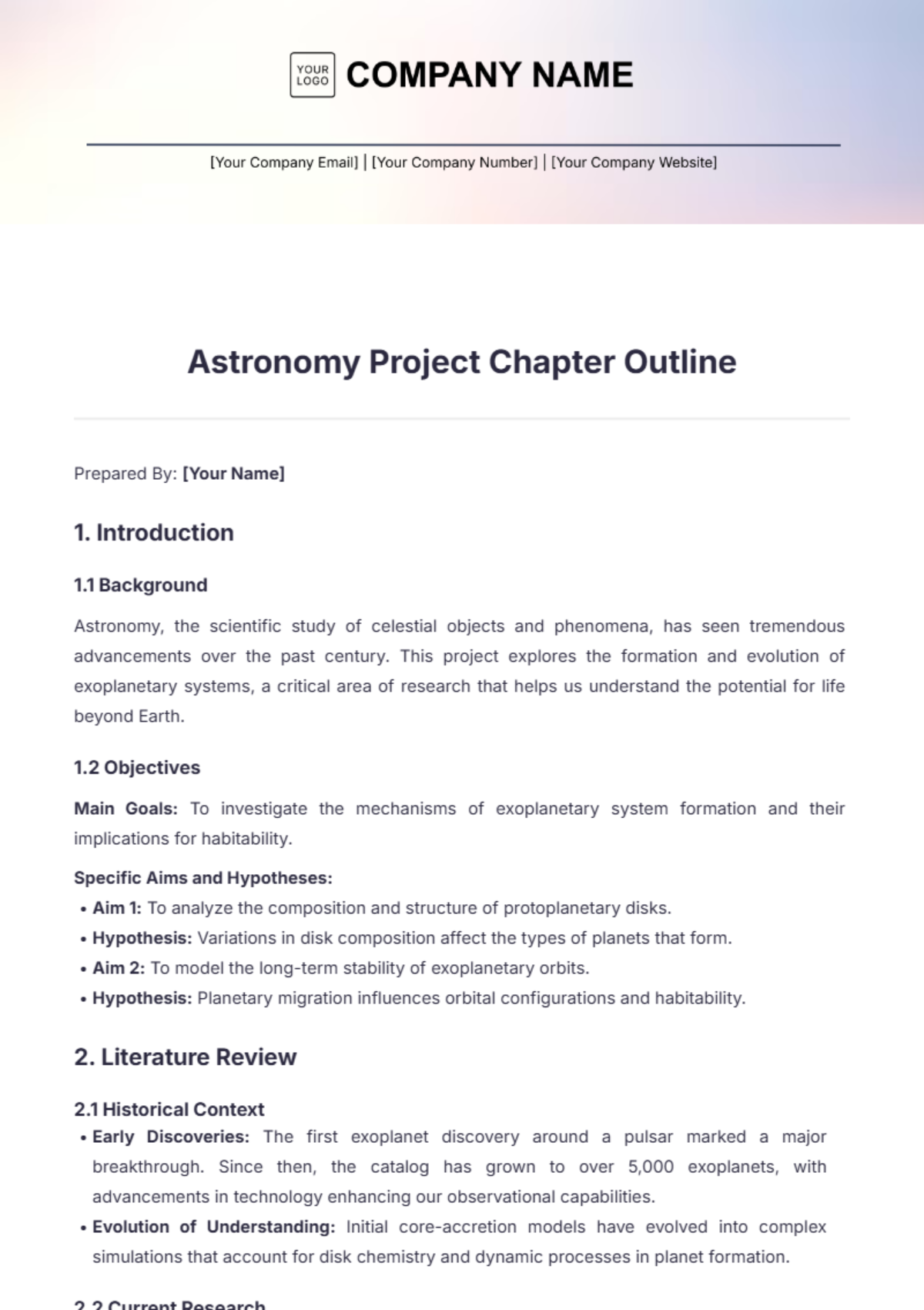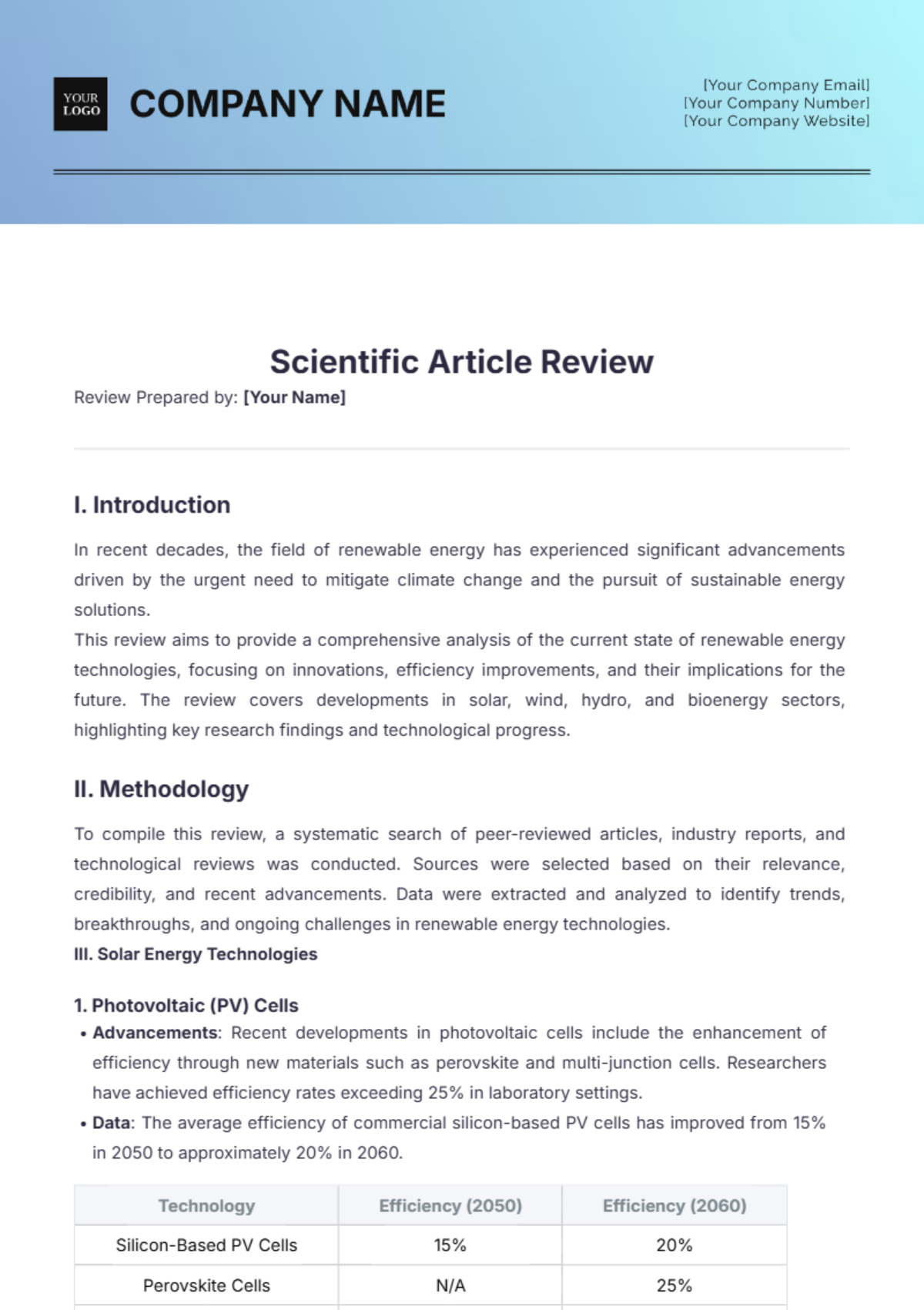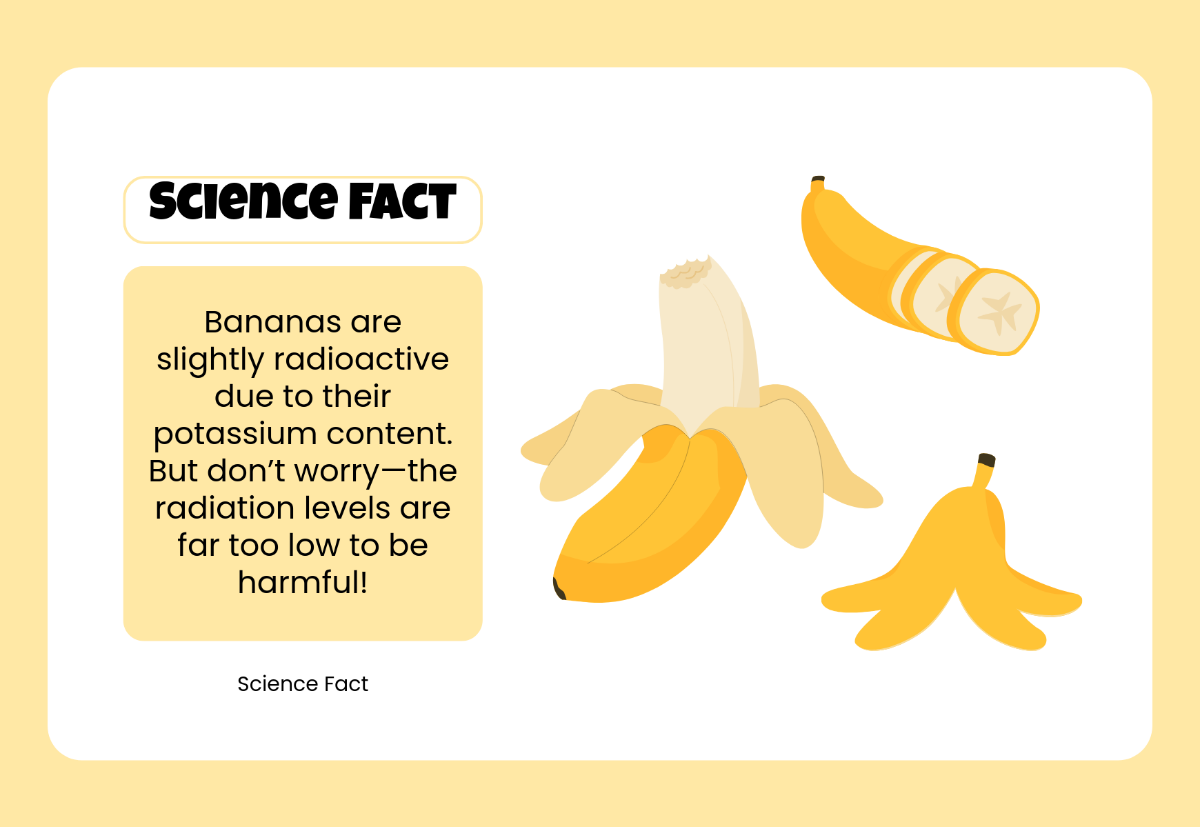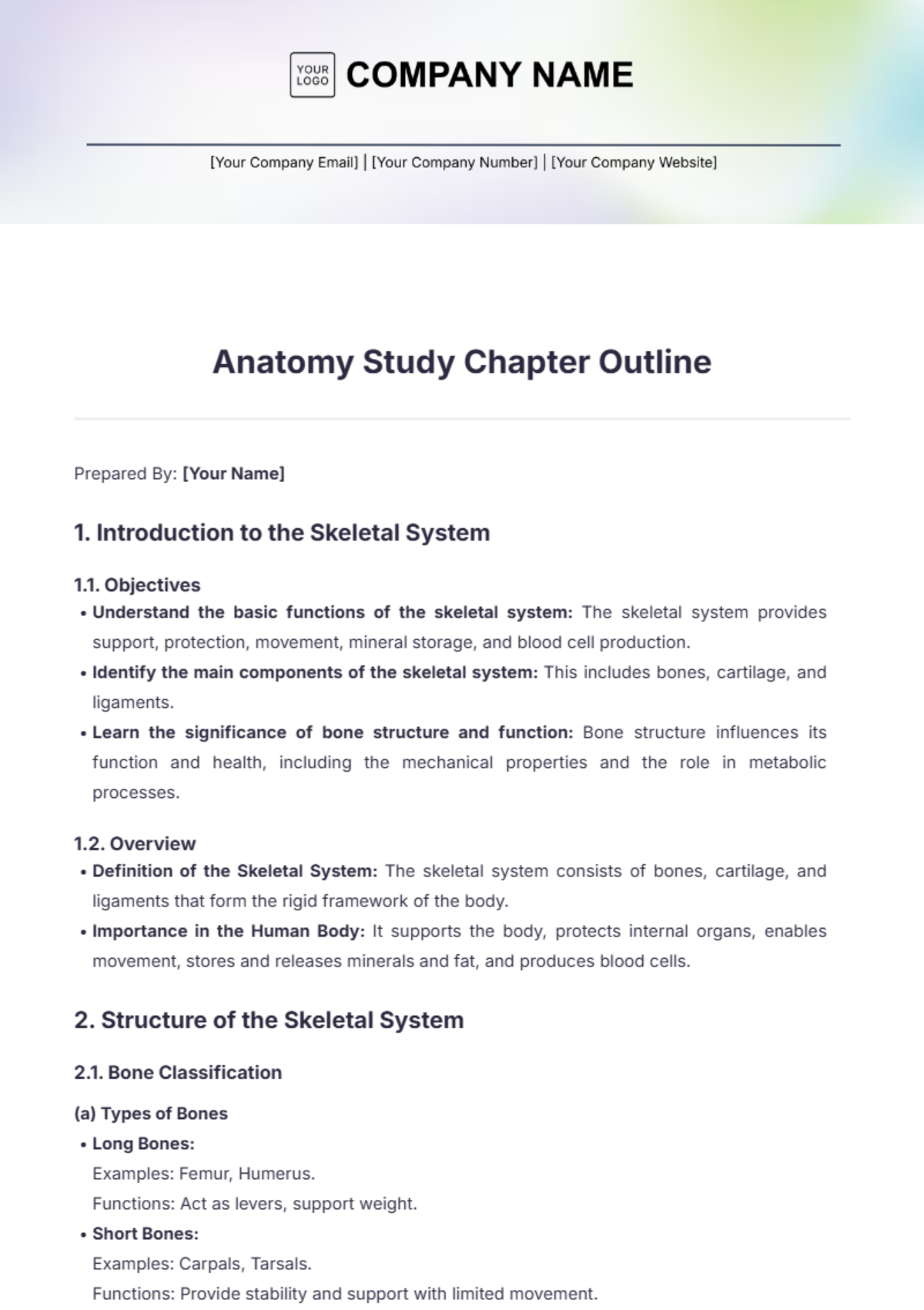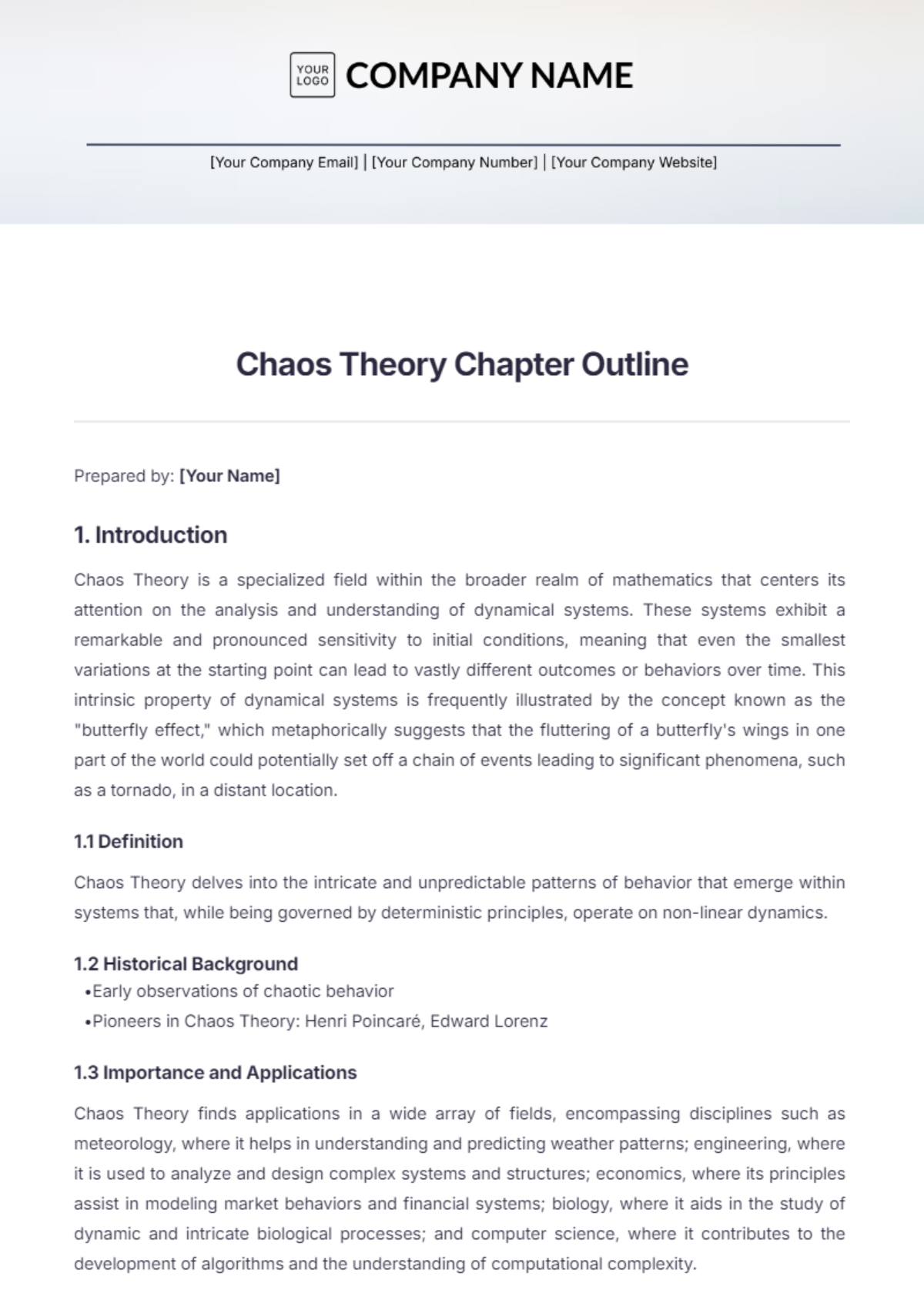Time Sampling Observational Study
Prepared By: [Your Name]
1. Introduction
Time sampling is a widely used observational research technique in various fields such as psychology, education, and sociology. It involves systematically observing and recording behaviors or events over specific time intervals. This method is precious when the goal is to obtain a representative snapshot of behavior over time. Using time sampling, researchers can reduce the observer's workload while still collecting meaningful data.
This observational study will explain the principles, methodology, and application of time sampling in a detailed narrative format. We will explore the different types of time sampling techniques, the advantages and disadvantages of this method, and practical examples of its application.
2. What is Time Sampling?
Time sampling is a technique where observations are made at pre-determined time intervals. Rather than continuously recording behavior or events, the observer selects specific periods to make observations. This is especially useful when continuous observation is either impractical or unnecessary.
Types of Time Sampling
There are three common types of time sampling:
Interval Recording: This involves dividing an observation period into several equal intervals and recording whether the target behavior occurs during each interval.
Momentary Time Sampling (MTS): The observer checks for the occurrence of the behavior at the exact moment the time interval ends. For instance, every 5 minutes, the observer notes whether the behavior is happening at that moment.
Event Sampling: In this method, specific events or behaviors are recorded only when they occur during a specified time frame. It is generally used for recording low-frequency but important behaviors.
3. Advantages and Disadvantages of Time Sampling
Advantages
Reduced Observer Fatigue: Time sampling allows the observer to focus on specific moments rather than continuous monitoring, making it less tiring.
Efficient Data Collection: It is an efficient way to collect data, particularly when continuous observation is not feasible due to time constraints.
Increased Reliability: Time sampling can increase inter-observer reliability as it narrows the focus of what is being observed, making it easier to train observers.
Useful for High-Frequency Behaviors: It is particularly effective when observing high-frequency behaviors, as it captures patterns across various time points.
Disadvantages
Missed Data: One of the major drawbacks is that some relevant behaviors might be missed if they occur outside the selected time intervals.
Sampling Bias: If time intervals are not chosen carefully, there could be a bias in the data, potentially leading to inaccurate conclusions.
Limited for Low-Frequency Behaviors: Time sampling is not ideal for rare behaviors, as these may not be captured within the predetermined intervals.
4. Methodology
This section will discuss how to design and implement a time-sampling observational study.
Step 1: Defining the Research Question
Before conducting time sampling, the researcher must clearly define the research question. For example, a question might be:
"How often do students engage in on-task behavior during a 30-minute classroom session?"
Step 2: Identifying the Target Behavior
Once the research question is established, the specific behavior or event to be observed needs to be defined. In the example above, on-task behavior might be defined as "engaging in classroom activities like listening to the teacher, writing, or reading."
Step 3: Selecting the Time Interval
The time intervals for observation should be chosen based on the type of behavior and the research objective. If you want to observe on-task behavior, a 30-second or 1-minute interval might be appropriate.
Behavior | Interval Duration | Reason for Interval |
|---|---|---|
On-task behavior | 1 minute | Consistent tracking of classroom behavior |
Aggressive acts | 5 minutes | Less frequent but impactful |
Social interaction | 2 minutes | Moderate frequency, easier tracking |
Step 4: Determining the Observation Period
The overall length of the observation period also needs to be defined. For instance, observations may be made for 30 minutes every day for one week, or during specific periods like recess or group activities.
Step 5: Training Observers
To ensure accuracy, observers must be trained to recognize and record the target behavior consistently. Observer training often includes:
Behavioral Definitions: Clear definitions of what constitutes the target behavior.
Practice Sessions: Multiple practice observation sessions.
Inter-Observer Reliability Testing: Comparing the data collected by different observers to ensure consistency.
Step 6: Collecting Data
Once the observation period begins, the observer records whether the target behavior occurs at each time interval. For example, if the observation period is 30 minutes with 1-minute intervals, the observer records 30 data points.
Example Data Collection Sheet
Time Interval | On-Task Behavior (Y/N) |
|---|---|
1 minute | Y |
2 minutes | N |
3 minutes | Y |
4 minutes | Y |
5 minutes | N |
Step 7: Analyzing the Data
The data collected can be analyzed to identify patterns in the observed behavior. For instance, in our classroom example, we might calculate the percentage of time that students were on-task.
Example: On-Task Behavior Analysis
Observation Day | Total Intervals | On-Task Intervals | Percentage On-Task |
|---|---|---|---|
Day 1 | 30 | 24 | 80% |
Day 2 | 30 | 20 | 67% |
Day 3 | 30 | 26 | 87% |
This kind of analysis can help educators understand whether interventions are needed to improve student focus.
5. Application of Time Sampling in Educational Settings
Case Study: Monitoring Student Engagement
Objective: To assess student engagement in a 4th-grade math classroom over 5 days.
Research Question: "What percentage of classroom time do students remain on-task during math lessons?"
Target Behavior: On-task behavior (e.g., solving math problems, listening to the teacher).
Time Sampling Method: Momentary time sampling with 1-minute intervals.
Observation Period: 30 minutes per day, 5 days a week.
Results
Day | Total Observations (Intervals) | On-Task Observations | Percentage |
|---|---|---|---|
Monday | 30 | 24 | 80% |
Tuesday | 30 | 27 | 90% |
Wednesday | 30 | 22 | 73% |
Thursday | 30 | 25 | 83% |
Friday | 30 | 21 | 70% |
This data reveals that student engagement varies slightly across the week, with Friday showing the lowest level of engagement.
Case Study: Recording Social Interactions at Recess
Objective: To measure how often students engage in social interactions during recess.
Research Question: "What percentage of recess time is spent engaging in social interaction?"
Target Behavior: Social interaction (talking, playing, or working together with peers).
Time Sampling Method: Interval recording with 5-minute intervals.
Observation Period: 20 minutes per recess session, 3 days a week.
Results
Day | Total Intervals | Social Interactions Recorded | Percentage |
|---|---|---|---|
Monday | 4 | 3 | 75% |
Wednesday | 4 | 4 | 100% |
Friday | 4 | 2 | 50% |
The data shows that on Wednesday, students were highly engaged in social interactions, whereas, on Friday, they were less interactive.
6. Conclusion
Time sampling is a valuable observational tool for researchers and practitioners who need a systematic yet practical approach to recording behavior over time. While it comes with limitations, such as the potential to miss critical events between intervals, its benefits—such as ease of use, reduced observer fatigue, and suitability for high-frequency behaviors—make it an appealing method for many settings.
By understanding the different types of time sampling, selecting appropriate intervals, and carefully analyzing the data, researchers can draw meaningful conclusions about behavior patterns in various environments, from classrooms to social gatherings. The practical examples provided demonstrate how this method can be tailored to different research questions and observational contexts.
With appropriate planning, time sampling can yield valuable insights that inform interventions, policies, and future research.















